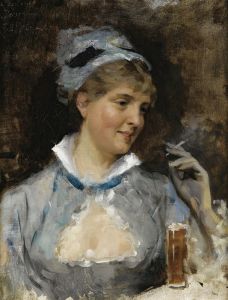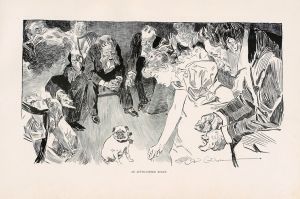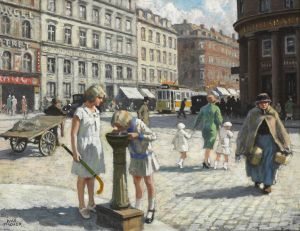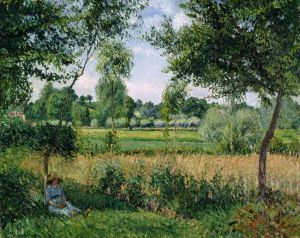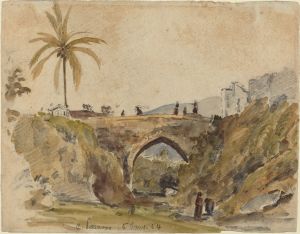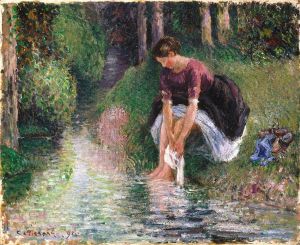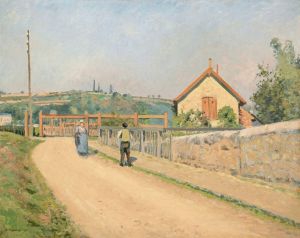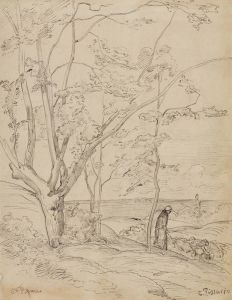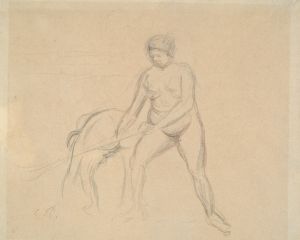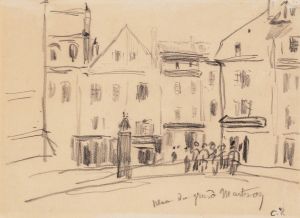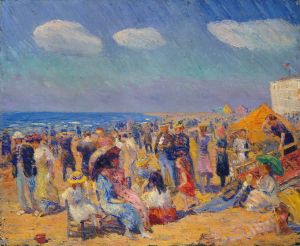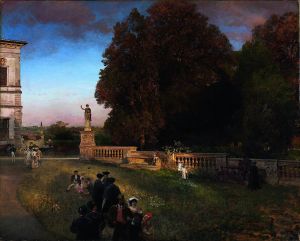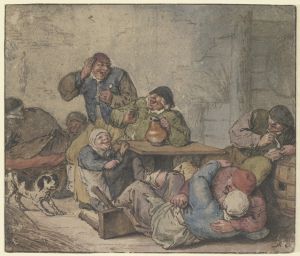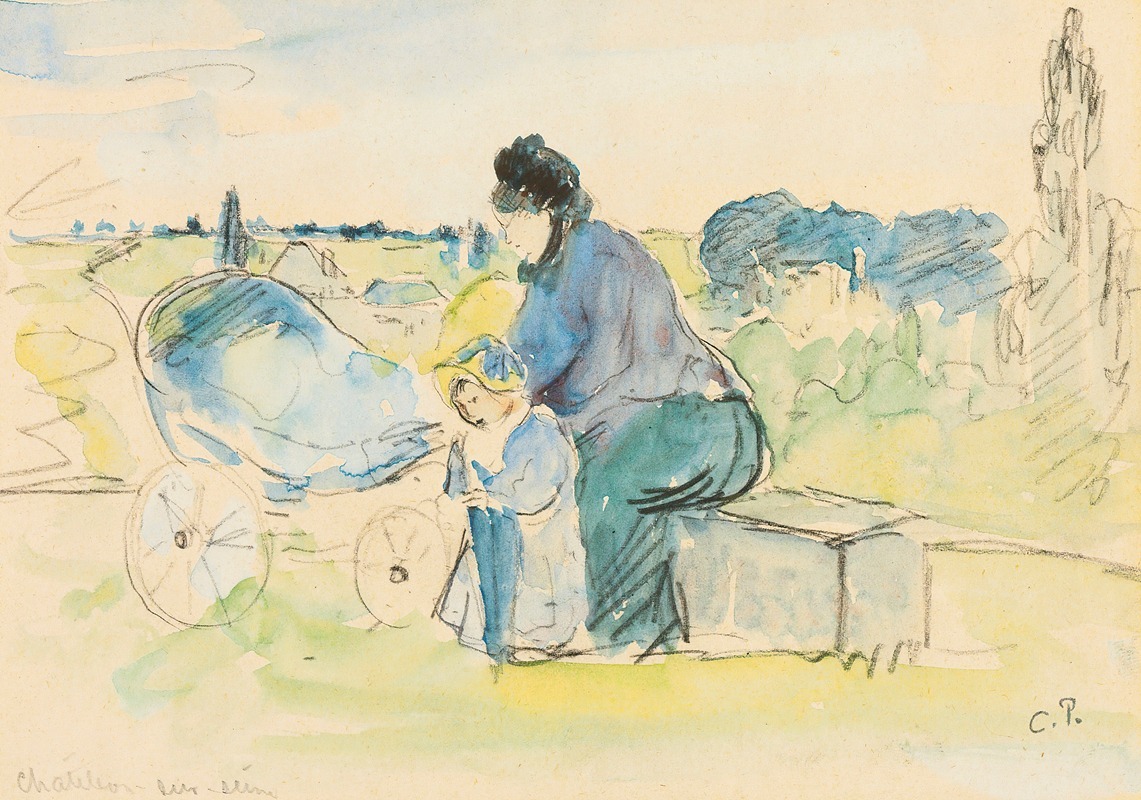
Au Parc
A hand-painted replica of Camille Pissarro’s masterpiece Au Parc, meticulously crafted by professional artists to capture the true essence of the original. Each piece is created with museum-quality canvas and rare mineral pigments, carefully painted by experienced artists with delicate brushstrokes and rich, layered colors to perfectly recreate the texture of the original artwork. Unlike machine-printed reproductions, this hand-painted version brings the painting to life, infused with the artist’s emotions and skill in every stroke. Whether for personal collection or home decoration, it instantly elevates the artistic atmosphere of any space.
Camille Pissarro, a pivotal figure in the Impressionist movement, is renowned for his landscape and urban scenes that capture the essence of light and atmosphere. One of his notable works, "Au Parc," exemplifies his mastery in portraying natural settings with a delicate interplay of color and light. Although specific details about "Au Parc" are limited, the painting reflects Pissarro's consistent themes and techniques that are evident throughout his oeuvre.
Pissarro was born on July 10, 1830, on the island of St. Thomas in the Danish West Indies. He moved to Paris in 1855, where he became deeply involved with the burgeoning Impressionist movement. His work was characterized by a commitment to painting en plein air, or outdoors, which allowed him to capture the transient effects of light and atmosphere directly from nature. This approach is likely reflected in "Au Parc," as Pissarro often depicted parks, gardens, and rural scenes with a keen eye for detail and a vibrant palette.
Throughout his career, Pissarro was known for his ability to depict the subtleties of rural and urban life. His paintings often feature figures engaged in everyday activities, set against the backdrop of lush landscapes or bustling cityscapes. In "Au Parc," it is plausible that Pissarro employed his typical compositional techniques, using loose brushwork and a focus on the effects of natural light to create a sense of immediacy and movement within the scene.
Pissarro's influence extended beyond his own work; he was a mentor to several younger artists, including Paul Cézanne and Paul Gauguin, and played a crucial role in organizing the first Impressionist exhibition in 1874. His dedication to the principles of Impressionism, particularly the emphasis on capturing modern life and the changing qualities of light, helped to shape the direction of modern art.
While specific information about "Au Parc" is scarce, it is reasonable to infer that the painting embodies Pissarro's artistic philosophy and technical skill. His works are celebrated for their harmonious compositions and the way they convey the beauty of the natural world through a modern lens. Pissarro's legacy is evident in the continued appreciation of his paintings, which remain influential in the study of Impressionist art.
In summary, "Au Parc" by Camille Pissarro is a testament to the artist's enduring fascination with nature and his innovative approach to capturing its essence. Although detailed information about this particular painting is limited, it undoubtedly reflects the qualities that define Pissarro's contribution to the art world: a dedication to depicting the natural world with authenticity and a pioneering spirit that helped to shape the course of modern art.





